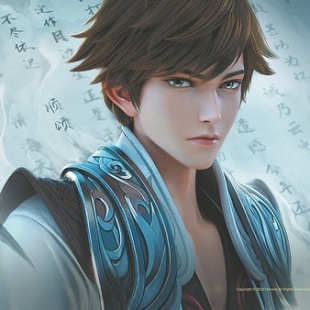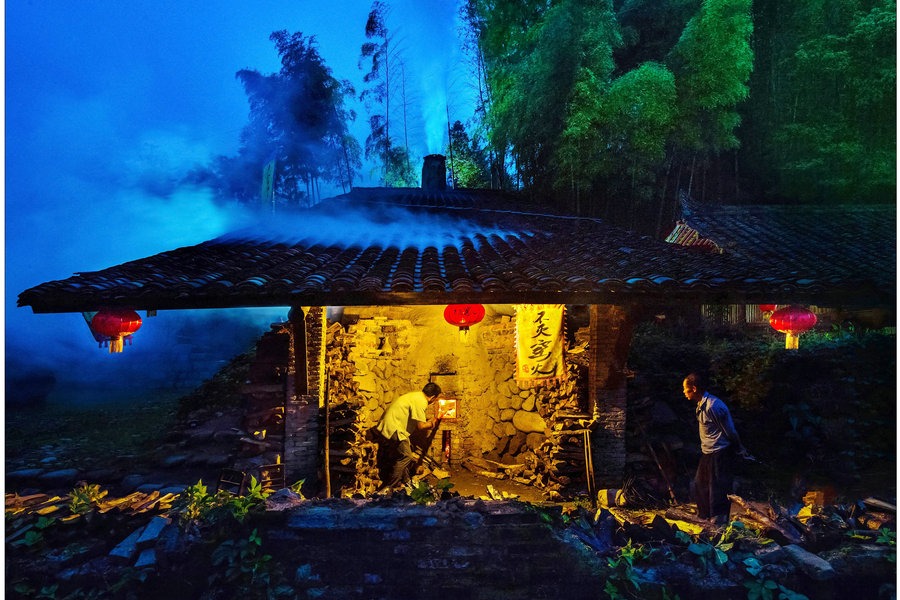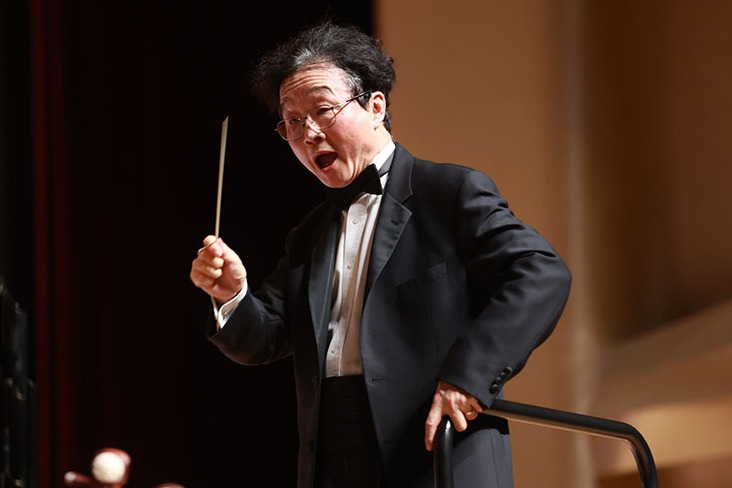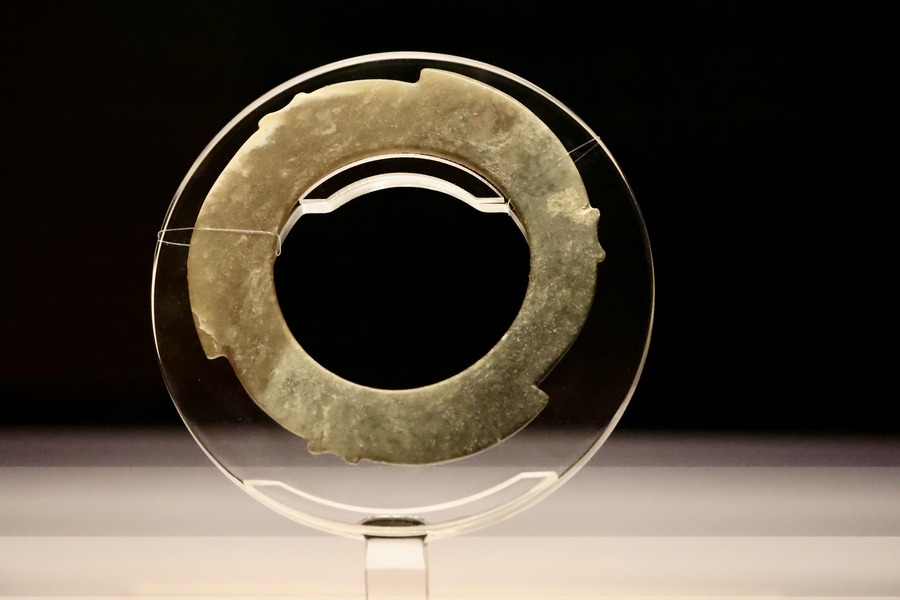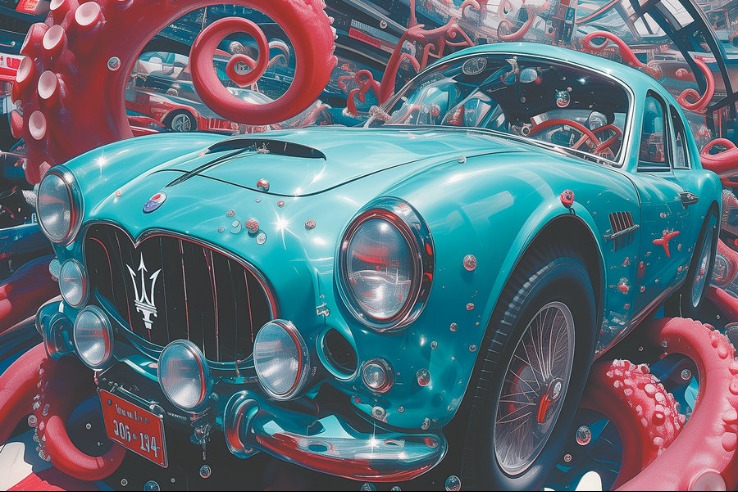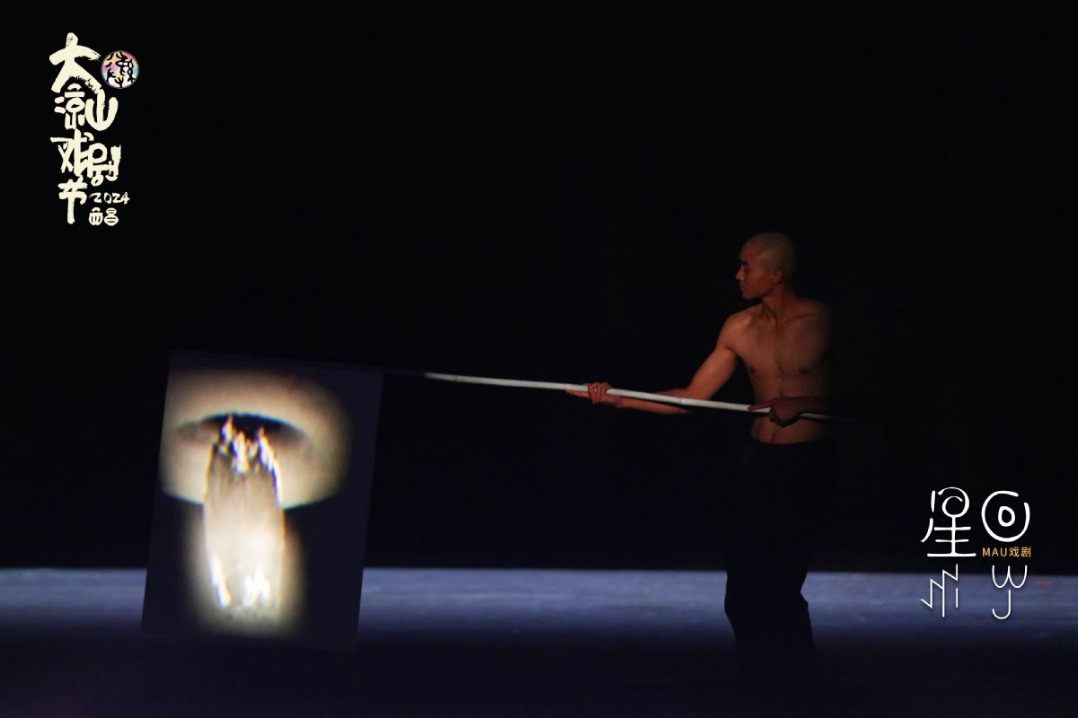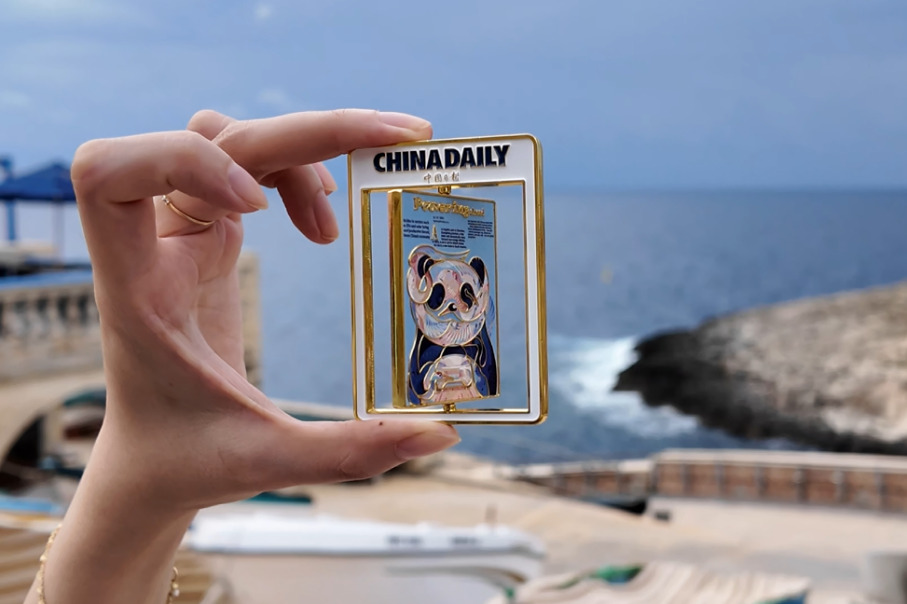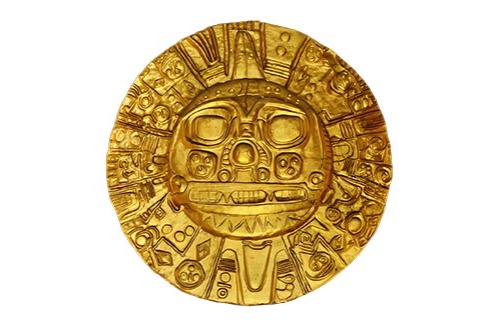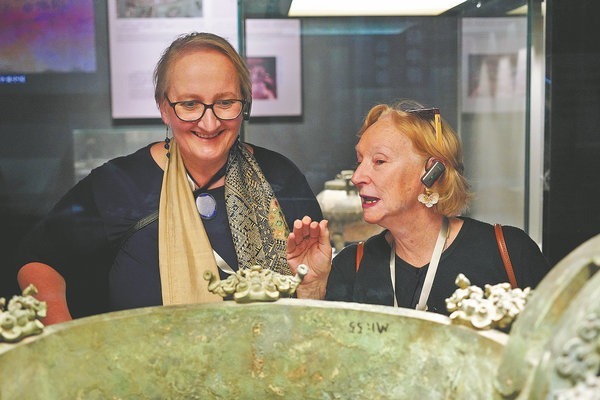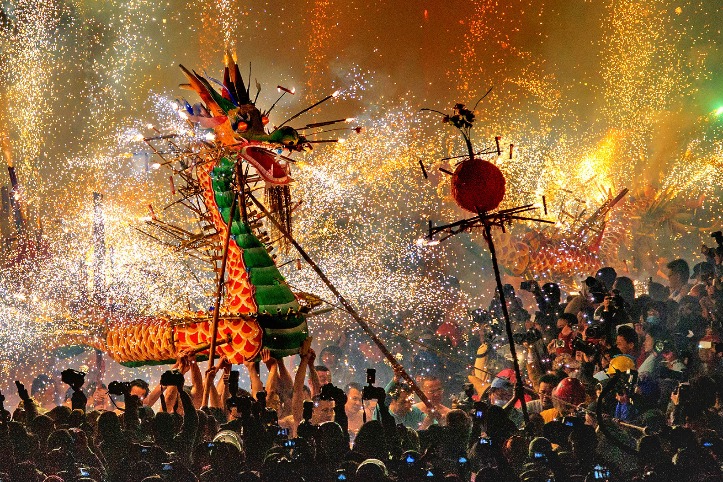Animated series draws from tradition and plays on game origins


While set in a fictional world, the animation's artistic design draws inspiration from recognizable elements of traditional Chinese culture in such aspects as architecture and costume.
For instance, the opening scene of the animation incorporates the poetic and picturesque essence of qushui liushang (winding waters and flowing goblets), a custom in which literati would sit and enjoy an elegant and leisurely drink while seated along the banks of a winding stream.
"The architecture in this scene is influenced by the traditional style of the southern region along the lower reaches of the Yangtze River," says Lu.
The clothing designs for the characters in the animation are influenced by styles from the Han Dynasty (206 BC-AD 220) to the Qing Dynasty (1644-1911) and include attire from ethnic groups like the Miao and Yi.
"The animated film also includes traditional Chinese musical instruments, such as the guqin (a seven-stringed Chinese zither) and flute, with the intention of offering young audiences a more immersive experience of traditional music," adds Lu.
On Jan 6, the animation art committee of the Chinese Television Artists Association organized an expert symposium in Beijing.
During the event, experts delved into discussions on the innovative development of Chinese animation and its role in promoting traditional Chinese culture, using the first animated version of the mobile game as a case study.
Mao Yong, secretary-general of the animation art committee, says that Honor of Kings has a vast global user base and the decision to adapt it into an animation will help extend its status as intellectual property.
"This animated series could further develop the characters in the game and enrich the storylines. It represents a promising direction for the creation of online animation," Mao says.
Huang Xinyuan, Party secretary of the School Of Animation and Digital Arts of the Communication University Of China, believes that the animated series can easily connect with today's young generations.
"Many young people nowadays are, in a way, like Li, drifting away from their hometowns. Initially, when young individuals venture out, they may perceive the outside world as appealing. However, after several years pass, changes occur in their hometowns — parents age, and suddenly strong emotional attachments to their hometowns emerge. Such experiences make it easy for the audience to relate," he says.
Zhang Li, director of the new media department at the National Academy of Chinese Theatre Arts, emphasized that this animation unquestionably showcases Chinese aesthetics.
"There are many intriguing elements in Chinese historical myths, folk stories and traditional opera narratives. Their artistic style and visual representation display Chinese aesthetics, which provides animation creators with rich material for in-depth exploration and study," Zhang says.


